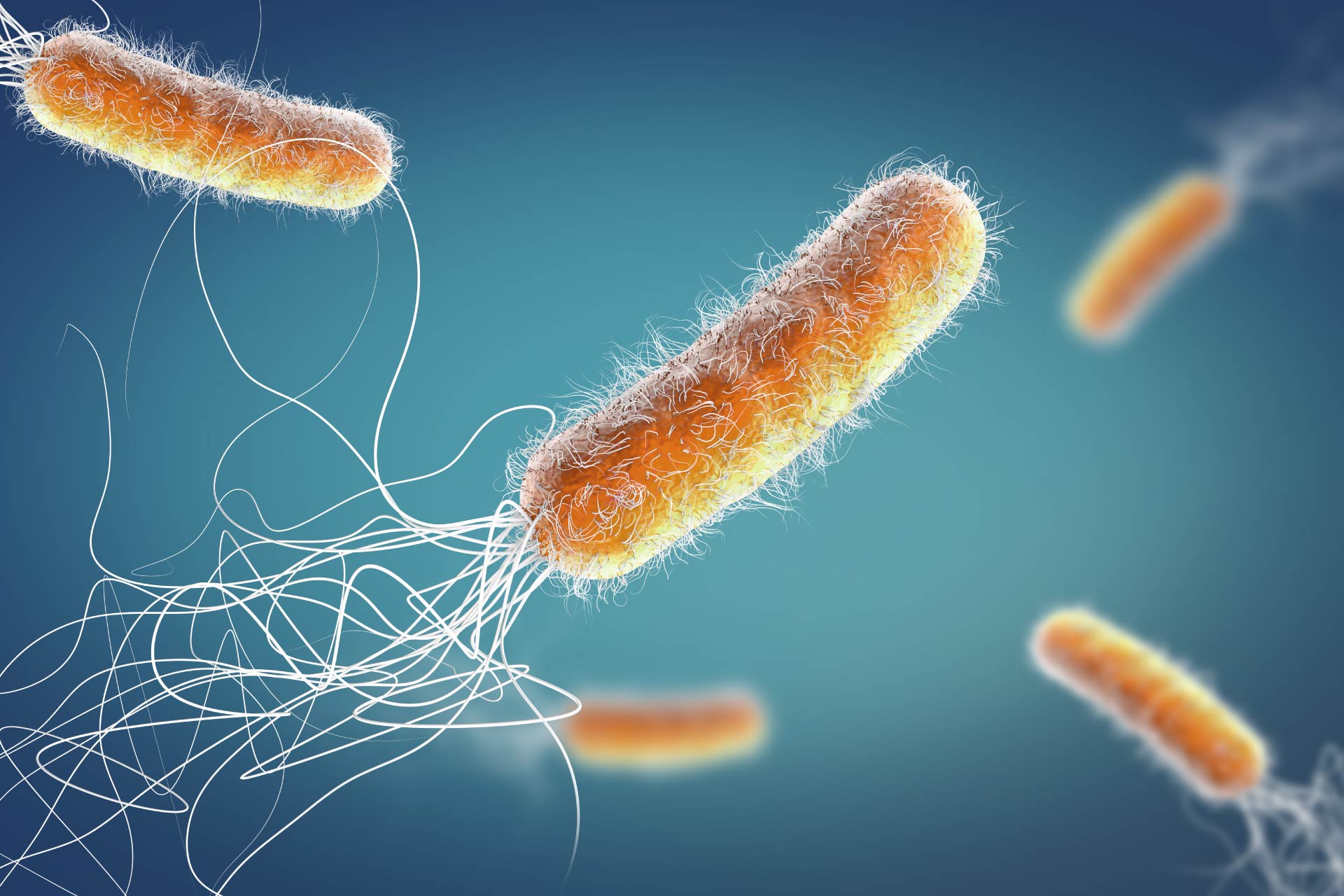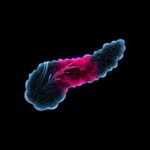• Environment sensing
• Switching lifestyle
What is already known on this topic
Cystic fibrosis is a genetic disease that causes persistent lung infections, including life-thHreatening infection with Pseudomonas aeruginosa (P. aeruginosa). This bacterium can be impossible to eradicate using antibiotics once it has established a stable infection in the lungs. One of the ways P. aeruginosa survives in the lungs is through its two-component systems—pairs of proteins that allow the bacterium to sense and respond to its environment. But the exact mechanisms remain unclear.What this research adds
Researchers have examined how common mutations in bacteria from people with cystic fibrosis influence one of P. aeruginosa’s two-component systems called BfmRS. The presence of two mutations in the gene coding for the first component of the system –– the protein BfmS –– boosted the activity of the second component, BfmR. This change led the microbe towards a chronic infection state by boosting its ability to form sticky aggregates called biofilms. The mutations also alter the microbe’s response to glucose, which is abundant in the lungs of people with cystic fibrosis.Conclusion
The findings suggest that genetic changes leading to long-term infections can drive the P. aeruginosa’s evolution in the host, the researchers say.
The bacterium Pseudomonas aeruginosa can cause life-threatening infections in people with cystic fibrosis, a genetic disease that causes persistent lung infections. A new study has determined how genetic mutations can enhance the long-term infective capabilities of this dangerous microbe.
The findings, published in Science Signaling, reveal how changes in one of the microbe’s environmental sensing systems allow it to adapt to the environment of the lungs, causing chronic infections. The results could also help to develop new therapies for recurrent infections, the researchers say.
Pseudomonas aeruginosa (P. aeruginosa) is an opportunistic pathogen that can be impossible to eradicate using antibiotics once it has established a stable infection in the lungs. One of the ways P. aeruginosa survives in the lungs is through its two-component systems—pairs of proteins that allow the bacterium to sense and respond to its environment.
To assess the role of P. aeruginosa’s environmental sensing systems in chronic infections, Lefu Lan at Northwest University and his colleagues assessed how common mutations in bacteria from people with cystic fibrosis influence BfmRS, one of P. aeruginosa’s two-component systems.
Environment sensing
The researchers found that the presence of two mutations in the gene coding for the first component of the system –– the protein BfmS –– boosted the activity of the second component, BfmR.
This change led the microbe towards a chronic infection state by boosting its ability to form sticky aggregates called biofilms. The mutations also altered the microbe’s response to glucose, which is abundant in the lungs of people with cystic fibrosis. Other mutations in the gene coding for BfmS had similar effects.
Switching lifestyle
The findings show that the plasticity of P. aeruginosa’s environmental sensing systems is mediated by spontaneous mutations during chronic infections. The study also suggests that P. aeruginosa can remodel its environmental sensing systems to regulate a major lifestyle switch, from acute virulence to biofilm formation and chronic infection, the researchers say.
“More in-depth knowledge about the adaptive changes in signaling pathways will provide clues to the selective forces driving pathogen evolution in the host environment and help to improve the treatment for infections,” the researchers say.









